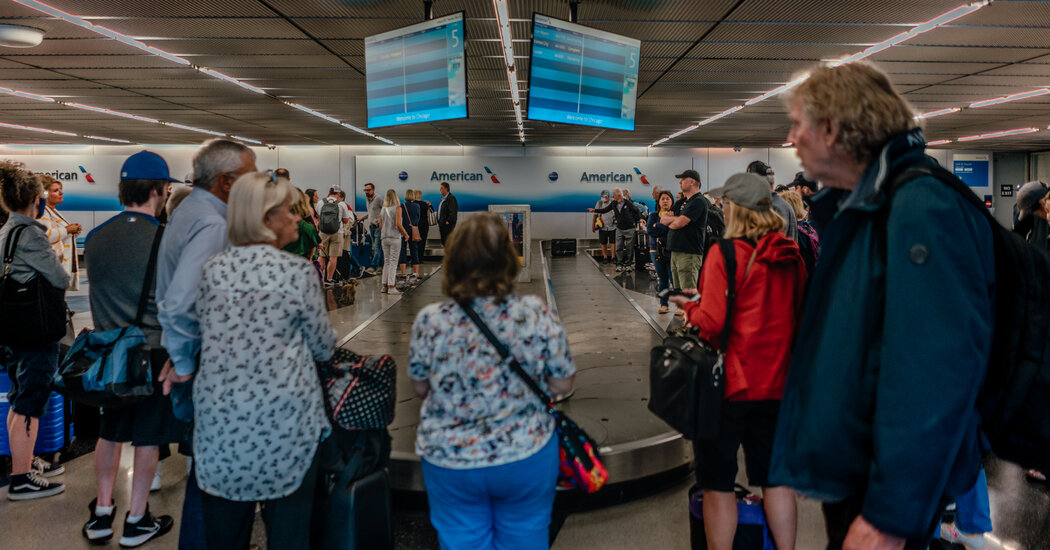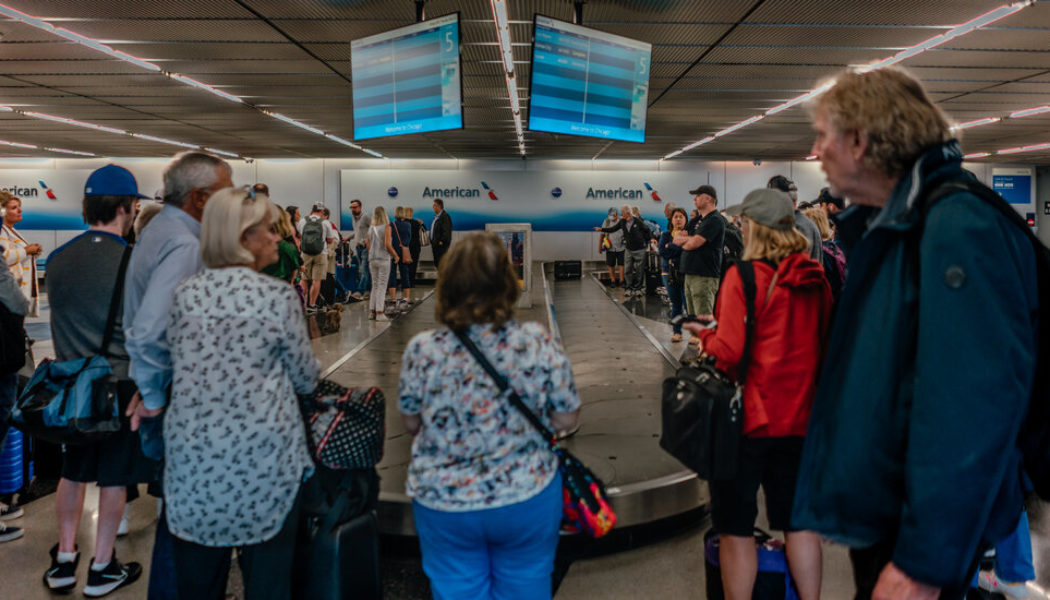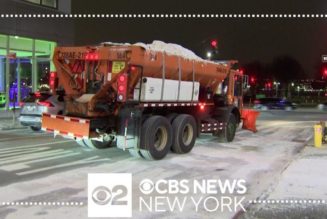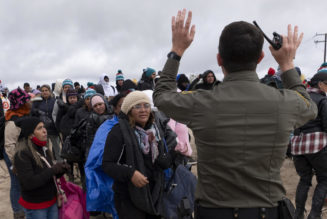
Three large U.S. airlines have reported strong quarterly sales and profits in recent days because of strong demand, high fares and relatively low fuel prices.
Summer travel is off to a roaring start, with little sign of a slowdown on the horizon. And airline executives say they are doing all they can to keep up, including contending with bad weather and congestion in the skies and on the ground.
Three of the nation’s largest carriers — American Airlines, Delta Air Lines and United Airlines — set records for quarterly revenue in the three months that ended in June. Profits more than doubled from the same period last year, and the three companies raised their projections for how much they would earn this year.
“We’re still in a world where demand is very strong,” Vasu Raja, American’s chief commercial officer, told reporters and investors on a call on Thursday.
The strong quarterly results underscore the durability of the travel industry’s recovery coming out of the pandemic. June was slightly busier than the same month in 2019, and July appears to be on track to match prepandemic traffic. The Transportation Security Administration screened nearly 2.9 million people on the Friday before the Fourth of July weekend, the most it has ever handled in a single day.
But the recent recovery has been marred by problems, including delays and cancellations around the country.
Airlines and the air traffic control system have struggled to overcome bad weather, technology problems, staffing shortfalls and other disruptions over the past two years, contributing to major meltdowns like the one that Southwest Airlines suffered over several days in late December. Delays and cancellations have often cascaded on themselves, disrupting air travel for days, leaving many people stranded far from their destinations.
Weather has been responsible for nearly 70 percent of flight delays this year, compared with just under 61 percent during the same period last year, according to federal data. Heavy traffic has also contributed to delays.
United struggled to overcome a disruption before July 4, for which it had initially blamed bad weather and an air traffic control staffing shortage affecting its hub at Newark Liberty International Airport, but other airlines in the region did not struggle nearly as much. In the week leading up to the holiday weekend, the airline canceled about 17 percent of all of its flights and delayed more than 51 percent, according to FlightAware, an aviation data provider.
Overall, about 1.8 percent of planned flights were canceled in the two months that ended on Tuesday, compared with 1.9 percent over the same period in 2019, according to FlightAware data. But many more were delayed: about 25 percent over the past two months, up from about 19 percent in the same period in 2019.
Airlines say they have taken steps to prevent disruptions, including spending on technology, hiring and training. After its recent struggles, United said it would fly less during peak times, use more gates and make other changes.
“We’re now doing more than ever to mitigate the impact of weather, congestion and other infrastructure constraints at Newark,” said Scott Kirby, United’s chief executive.
While domestic travel has been strong for quite some time, airlines say more Americans are traveling overseas.
American said passenger revenue from international travel rose nearly 22 percent from the same quarter last year, while Delta said it set a record for international revenue in the second quarter. United said this week that it would add more flights to Asia in October.
Driven by high demand, a round-trip international flight on average costs about $971, up nearly 24 percent from prices at this time in 2019, according to Hopper, the travel app.
Those rising fares have been good for airlines, and American, Delta and United say they expect the good times to continue. Delta, for example, now expects revenue to rise at least 17 percent this year from last year.
Ticket prices spiked a year ago, as airlines struggled to meet demand and the Russian invasion in Ukraine drove up the price of jet fuel. But fuel prices have come back down. American said it spent a third less on fuel during the second quarter than it did a year earlier, saving about $1.3 billion.
Partly as a result, the average price for a round-trip domestic flight was down more than 13 percent, to $261, on Thursday from the same day last year and more than 9 percent from 2019, according to Hopper. June fares fell so much from a year earlier that the drop contributed to a decline in overall inflation.
Even as fuel prices have fallen, labor costs have gone up. American said it spent about 12 percent more on salaries, wages and benefits in the second quarter compared with a year earlier. The airline is negotiating a new contract with its pilots’ union, which is expected to include substantial pay raises.
Over the weekend, pilots at United reached an agreement with the company on a contract valued at $10 billion that would increase pay up to 40 percent over four years, an increase that American said it would match. In March, pilots at Delta approved a contract that would increase wages 34 percent by 2026.
United and American are also negotiating contracts with the unions that represent their flight attendants.









